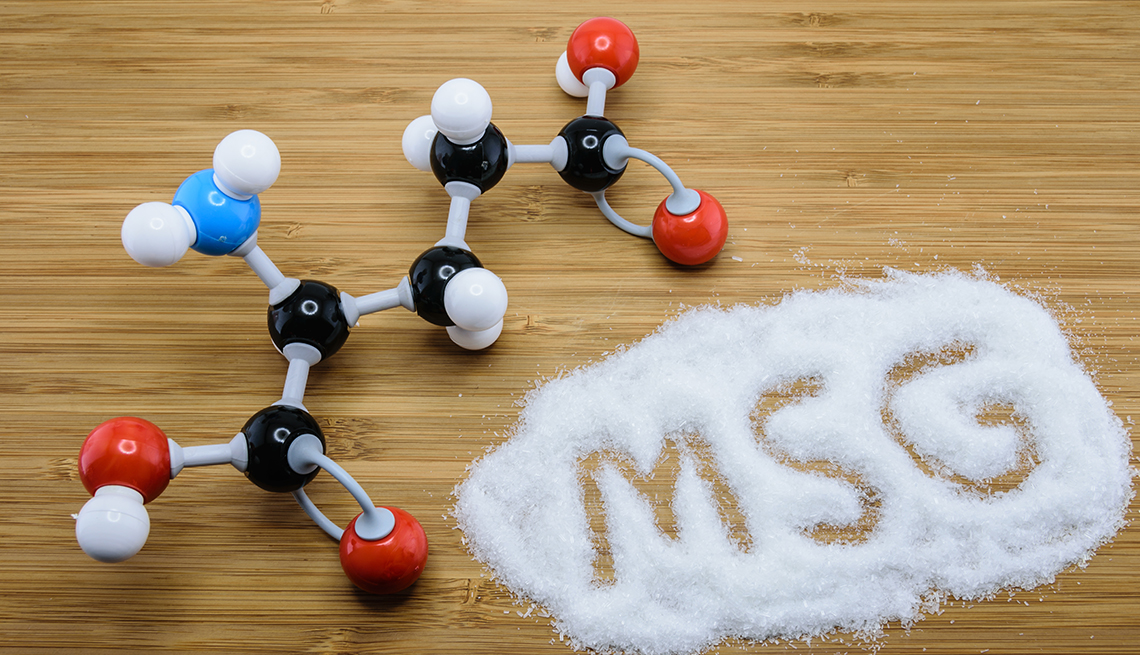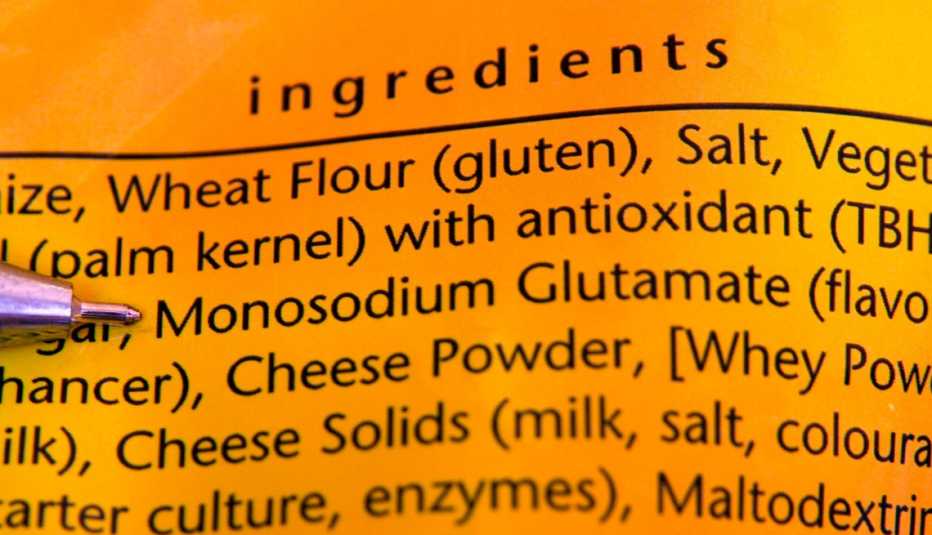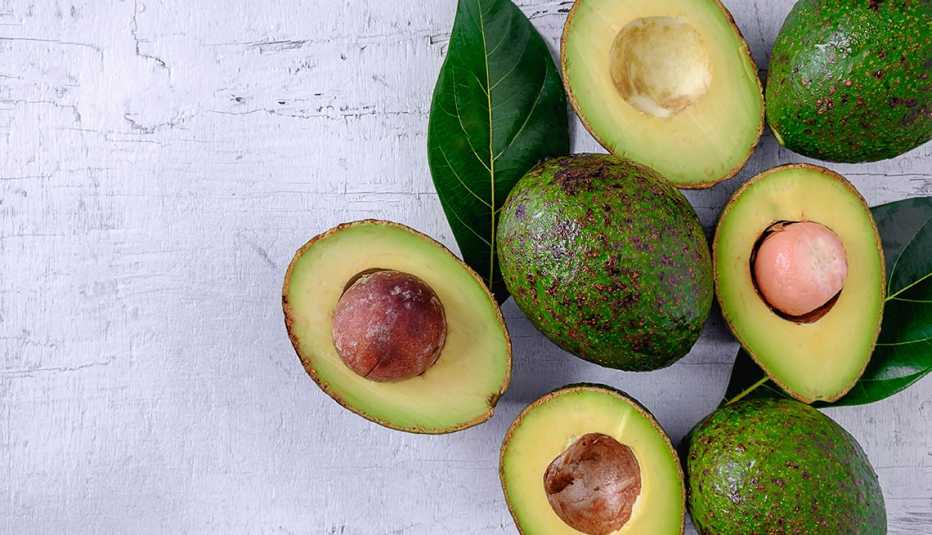AARP Hearing Center
Increasingly, Americans are shifting to “clean eating,” a diet that consists of whole foods with minimal processed, artificial ingredients or food additives. For many, monosodium glutamate — better known as MSG — is high on the list of additives or seasonings to avoid.
While MSG been blamed for a host of health issues, the most serious claims have been largely debunked by research. Still, although MSG is a commonly used ingredient, it remains controversial and people continue to wonder if it’s truly safe to eat.
The short answer, according to the Food and Drug Administration (FDA), is yes: MSG is generally safe when eaten in moderation. While some people may experience mild symptoms after consumption, the additive is cause for no long-term health concerns.
What is MSG?
The human palate perceives five core tastes: sweet, sour, salty, bitter and savory. In the culinary industry, the Japanese word umami is used to describe dishes that employ rich, savory flavors.
Umami is naturally present in such protein-rich foods as cheese, milk and fish as well as in mushrooms and many vegetables. But it can also be added by using MSG, which is the sodium salt of glutamic acid, a common amino acid. While MSG is found most abundantly in high-protein foods, it’s present in virtually in all foods, according to U.S. Department of Agriculture.
MSG was first extracted from a seaweed broth in 1908 by a Japanese professor named Kikunae Ikeda, who identified the glutamate in the soup as the source of its savory flavor. Ikeda later used his discovery to patent the extracted MSG for commercial production.
Today MSG is made through the fermentation of starch, sugar beets, sugarcane or molasses. The fermentation process is similar to the one used to make yogurt, vinegar and wine, according to the FDA.
The glutamate in MSG is chemically indistinguishable from the glutamate found in food proteins, and our bodies metabolize both sources in the same way. On average, adults consume about 13 grams of glutamate from natural food protein and around 0.55 grams from added MSG per day, the FDA reports.
Is ‘Chinese restaurant syndrome’ real?
MSG is often associated with Asian cuisine, and that isn’t an accident. The origins of so-called Chinese restaurant syndrome — the “diagnosis” for feeling ill after consuming MSG — can be traced back to a 1968 letter published in The New England Journal of Medicine. In the letter, a doctor who referred to himself as “Robert Ho Man Kwok” detailed “a strange syndrome whenever I have eaten out in a Chinese restaurant.” The symptoms, he wrote, included “numbness in the back of the neck, gradually radiating to both arms and the back, general weakness, and palpitation.”





































































